

Part I: Death of the Voyager
Carl
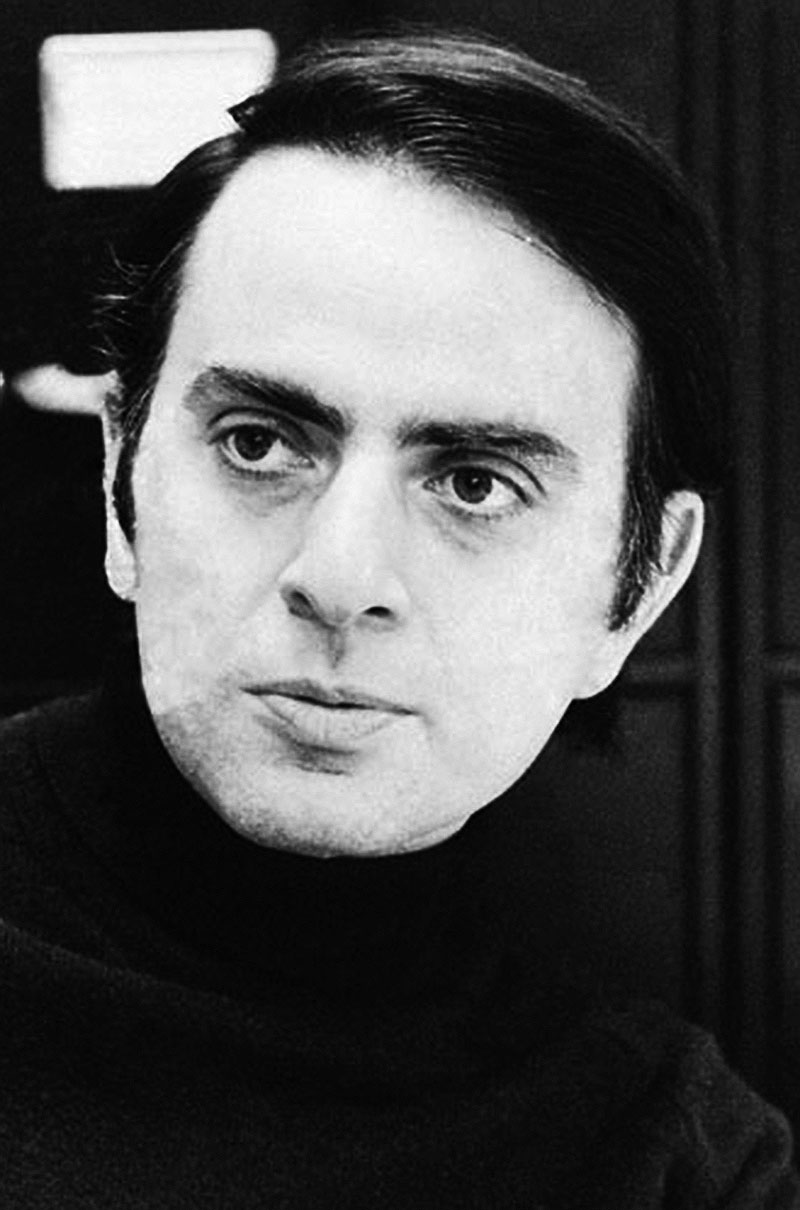
Carl Sagan first came to my attention in 1967. I had just begun work at Caltech as a researcher and Carl was busy in development on one of NASA's first successful programs, the Pioneer spacecrafts. When we first met I thought that he was quite a lovable man with his large teeth and gangly stature. He was personable, thoughtful, and caring, but above all he truly loved science more so than any person that I have every met in my entire life. He was the most inquisitive person that I have ever had the pleasure of knowing. He was an unstoppable fountain of questions pertaining to absolutely everything. He became a huge influence on the work that I would later complete at the Jet Propulsion Laboratory, and I am proud to say that Carl was my good friend.
He was born just two years before myself, in Brooklyn, New York. His father, Samuel Sagan escaped the Russian Czar Nicolas prior to the start of the Russian revolution and immigrated to the US where he eventually met Carl’s mother, Rachel. In the city he was raised as a reformed Jew, but was never a stern follower of any specific religious practices. He had one sister, Carol and, from what I can remember of conversations with him, family life in Brooklyn was pretty happy.
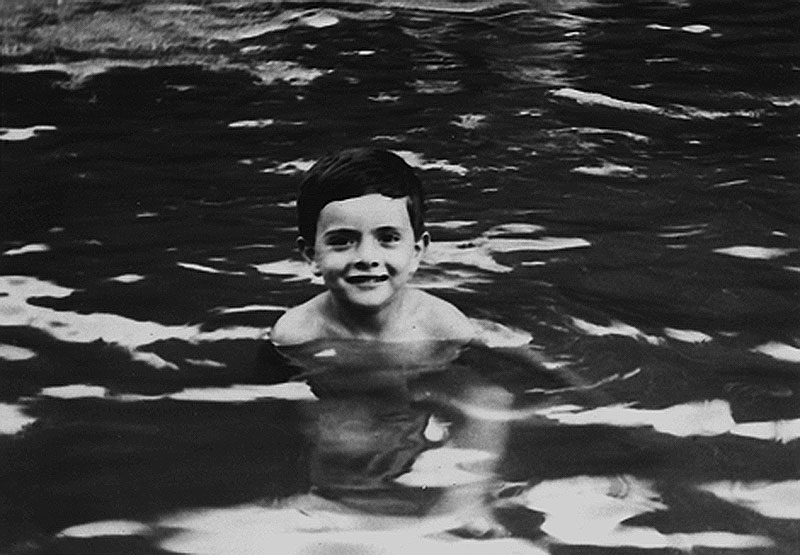
Carl wasn’t quite a teenager by the end of the second world war and, like myself, he enjoyed the overwhelming feeling of optimism that pervaded the decade or so after the war’s end. He was an investigative child anyways, but the sense of security that the war brought to some Americans, as a way out of the preceding depression, helped Carl reach an even greater potential. He was allowed to be a dreamer at a time when, an ocean away, he would have otherwise been required to have his feet planted firmly in reality.
I can remember a story that Carl once told me about a library trip that his mother took him on when he was around five years old. He had been asking everyone that he knew, friends, family members, and probably even the parents and older siblings of his friends, if they could explain to him what exactly a star was. They couldn’t, but I suppose it is still a difficult task for most people today, and so he asked his mother to take him to the library. Upon arrival, Carl found a book on stars and to his amazement discovered that each and every star in the sky was a sun much like our own. He said that in that moment the scale of the universe opened up for him in a way that had never happened before. He could imagine, I suppose, that each of those billions of stars in the sky all had their own individual system of planets orbiting around it. He could image the immensity of the skyscrapers in New York and how they could potentially populate each of those innumerable planets. For a five year old this must have been a life changing experience, and it would turn out to become an immense driving force from that moment onward.
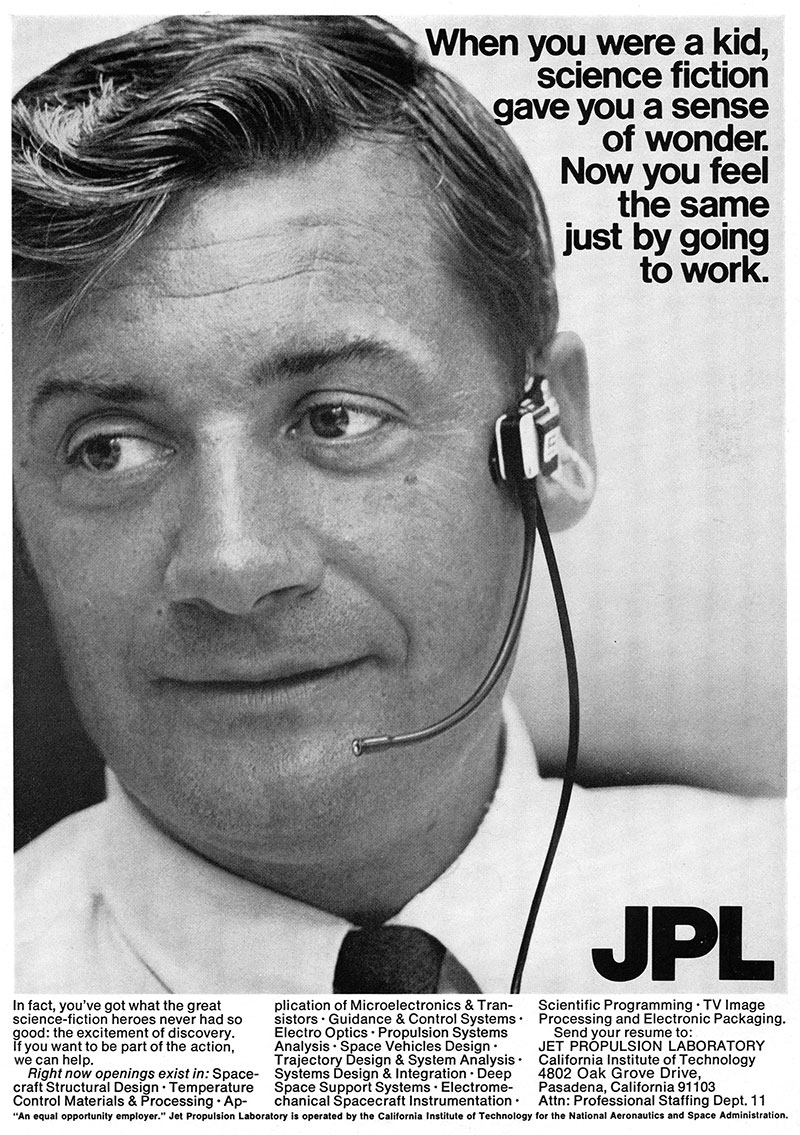
In this regard, Carl had a different relationship with science than I did. Growing up in the Midwest, my early experiences with the scientific field were first hand encounters. I experienced the vastness of the night sky within the endlessness of the dark landscape. I was witness to the births and deaths of animals on farms throughout Marion County while Carl, on the other hand, observed these things through books and media. He recalled the representations of animals in their dioramas at the Natural History Museum in New York, or space objects and meteorites at the Hayden Planetarium. Through these experiences, Carl was able to conceptualize ideas in a way that I was never as interested in. He was forced to fill in some of the blanks with his mind. From these experiences, Carl developed a lifelong interest in the spreading of scientific wonder to children and adults as a way of comprehending, and appreciating, more fully the world that we all inhabit.
Hayden Planetarium, New York City, 1939
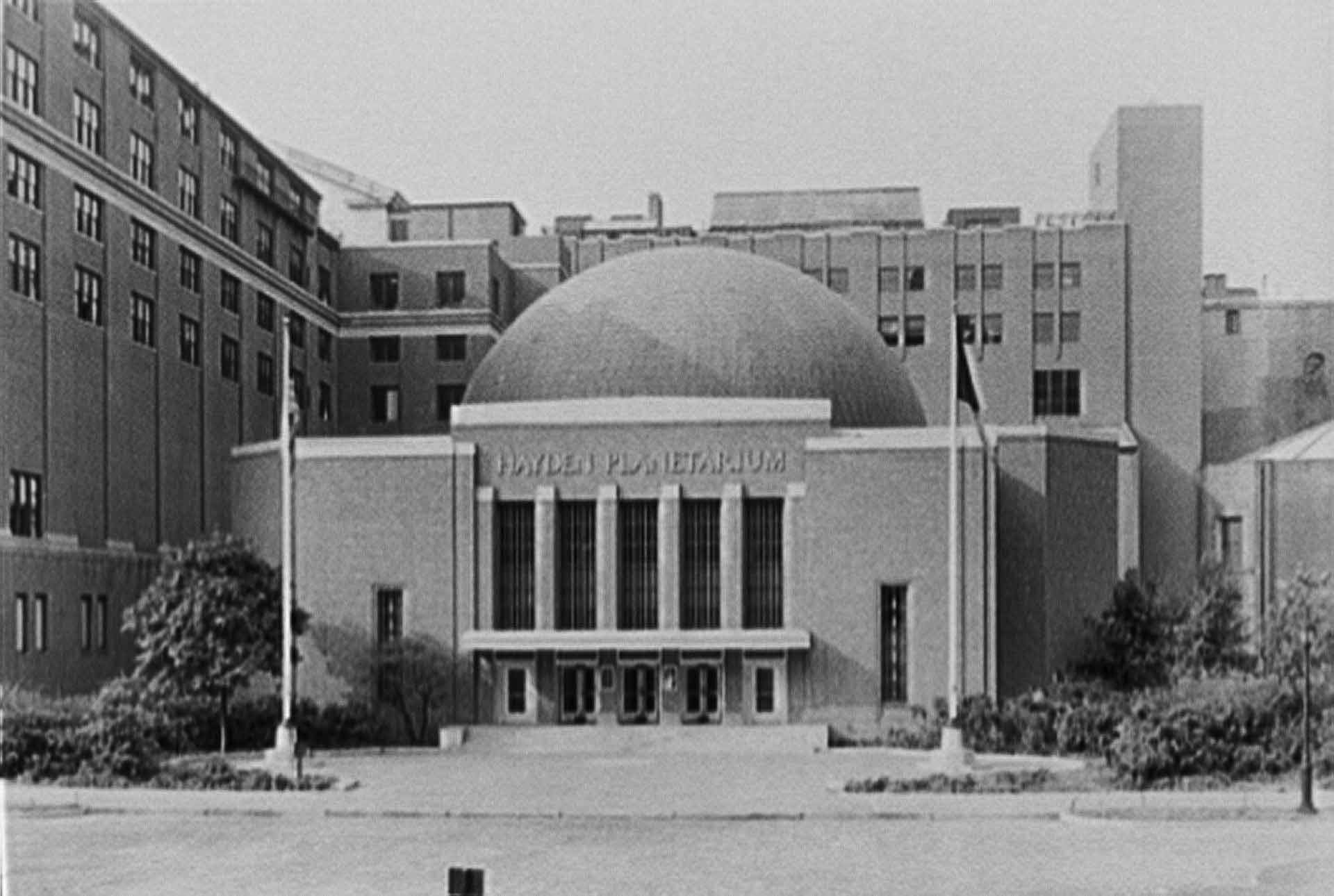
Hayden Planetarium, New York City, 1939
DARK WAS THE NIGHT

When the guys at JPL eventually found out about the reasoning behind the destruction of the original Voyager, we were all pretty disappointed. Not Carl, though. Carl was absolutely livid. For the rest of the time that I knew him, I had never seen him so mad as he was on that day. Information had somehow leaked out about the Hercules project and it’s nefarious implications as far as the donors of the semen specimens. Of course we were all used to some level of interference by the higher-ups. After all, it wasn’t our pocket change that was putting those satellites, and men, into space. We expected bureaucratic strings here and there, but to have a completely auxiliary mission objective implanted into our project while at the same time keeping us totally in the dark about it, well, it was a little disheartening. It certainly pushed Carl over the edge. Honestly, I think it might have killed him a little bit on the inside. That boyhood wonder that was always so pervasive within his presence was, after the death of the original Voyager, just a little bit trifled.
It was at this time that Carl came up with his grand idea. Revenge of one sort, at the same time, I think that he was deep down a little bit inspired by the Hercules experiments. There was something in the logic of the experiment that could mutually coexist with traits of some of his other endeavors. Of course he never would have admitted to this.
Carl and the Universe
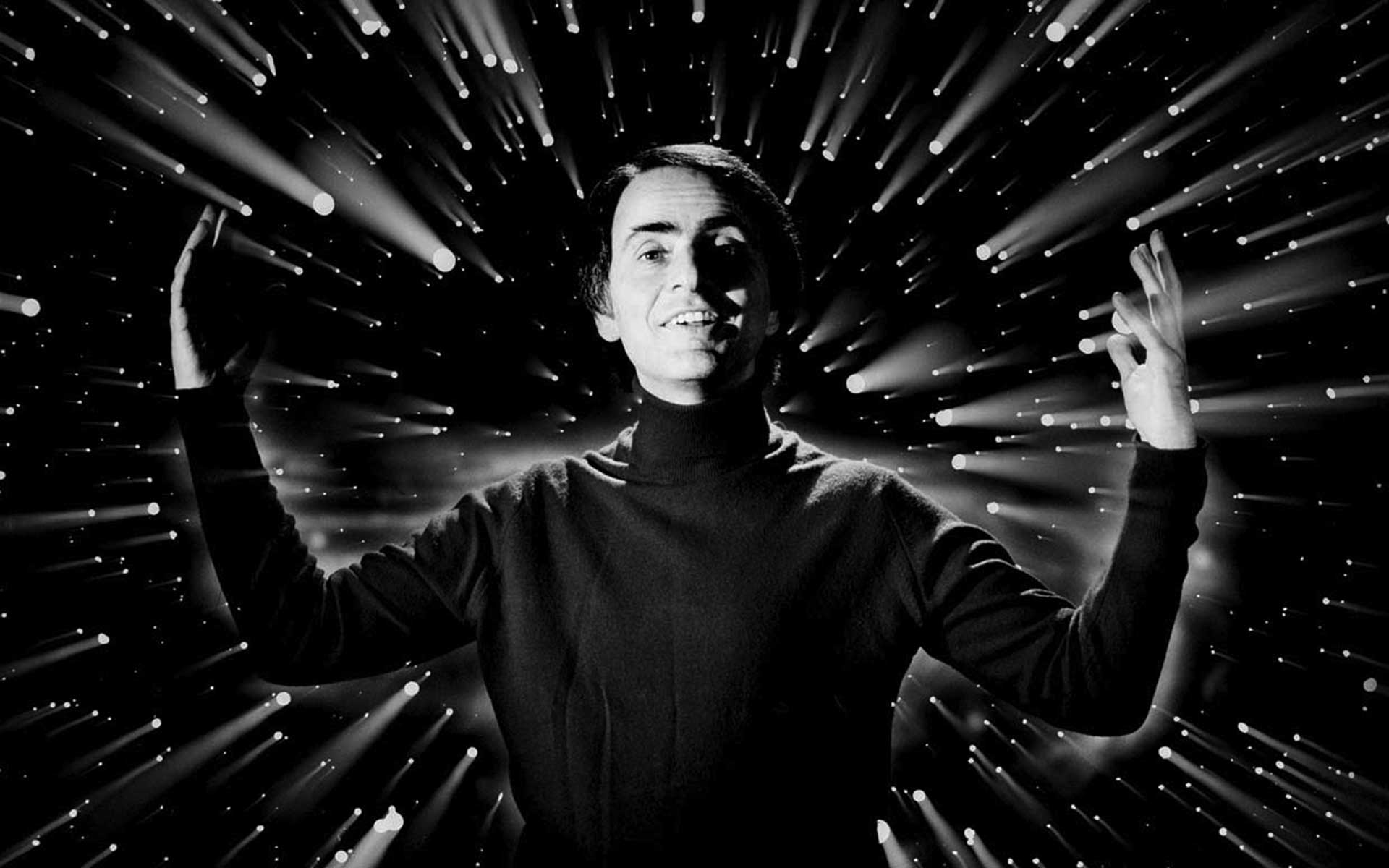
Carl and the Universe
THE GOLDEN PLAQUE

The Pioneer program started off rough. Initially it was nothing more than a few missions that were developed to play catch up with the Soviets’ launch of Sputnik 1. The first several launches of the program ended in complete failure due to a problem with the rockets failing at one point or another. It wasn’t until Pioneer 6 that the missions started to become successful. As a matter of fact, all of the probes since then are still out there somewhere, wandering in the darkness. But it was the 10th Pioneer that really shook things up and in many ways 10 was a direct precursor to the Voyager probes. Both missions were initially focused on the planet Jupiter. Both would eventually push past their initial objective and reach the outer limits of our solar system. But most importantly, both Pioneer 10 and the Voyager 1 space probes contained a message from humanity in the event that either craft might someday be found by creatures foreign to our Earth. Unfortunately, Pioneer 10 was last heard from on January 23, 2003, from a distance of roughly seven and a half billion miles from Earth. It’s radioactive fuel is completely depleted and it now wanders the universe in silence.
The message contained by the Pioneer, known as the Pioneer Plaque, is a nine inch wide by six inch tall thin piece of gold anodized aluminum. On the face of the plaque a variety of scientific inscriptions were made. One detailed the hyperfine transition of neutral hydrogen while another was meant to serve as a map of how to find our sun, and thus our home planet, within the magnitude of space. It was an object conceived by Carl in the early seventies as a continuation of his goal of communicating with extra-terrestrial lifeforms. It was his absolute passion in life to accomplish this mission, or at the very least make a valiant effort of doing it. It was an idea that seemed to completely overcome his, otherwise phenomenally, rational thinking.
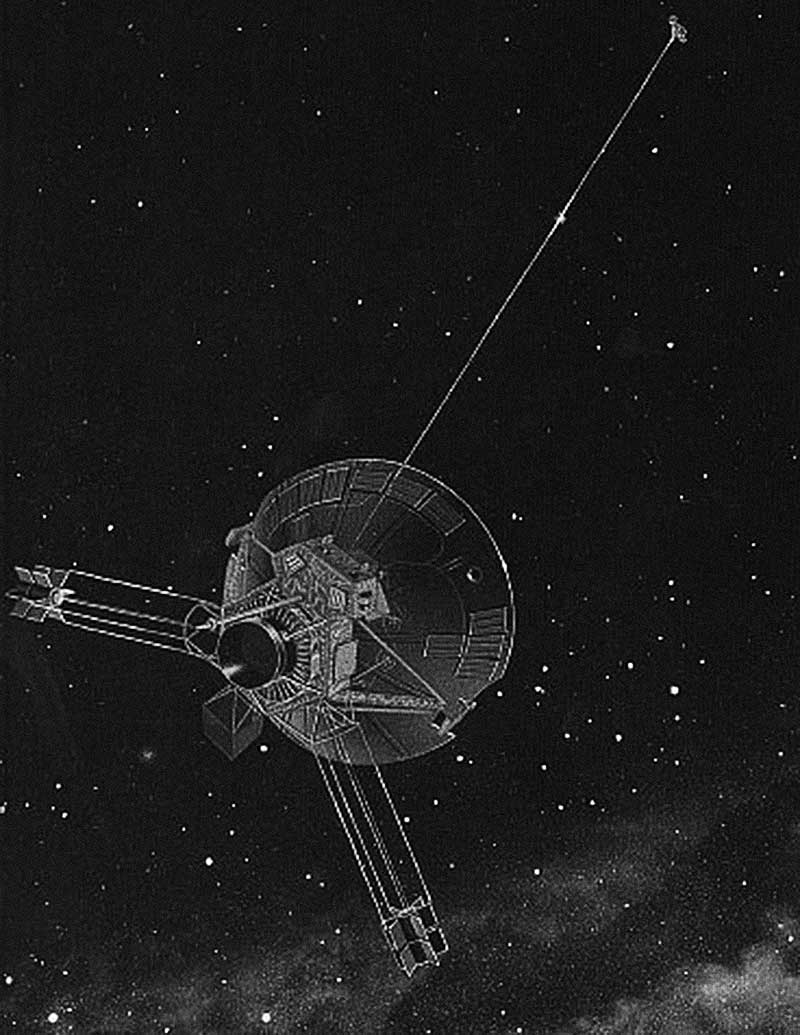
At the time I was not completely on board with having the plaque included in the mission. I believed that it was a vain endeavor. Well, my years of education and scientific research sort of influenced that. However, after being witness to events that have followed it, I have become a little more hesitant to so easily dismiss ludicrous ideas. And of course, what with Carl being Carl, his endeavors were eventually fruitful and NASA allowed him to include the plaque with the launch.
This message that Carl has relayed is still out there with the Pioneer. It might be the only thing left alive on the craft. With such a simple device, completely non-mechanical, it is ironic that this should be the only item that is still of any use. It was designed in a way that makes it, for the most part, impervious to the stellar dust that might otherwise erode it. So eventually, albeit millions of years from now, this plaque has a good probability of being stumbled upon by another life form. I almost feel as though Carl used the Pioneer solely for the purpose of delivering this seed; this tiny droplet of human knowledge.
The Pioneer Plaque
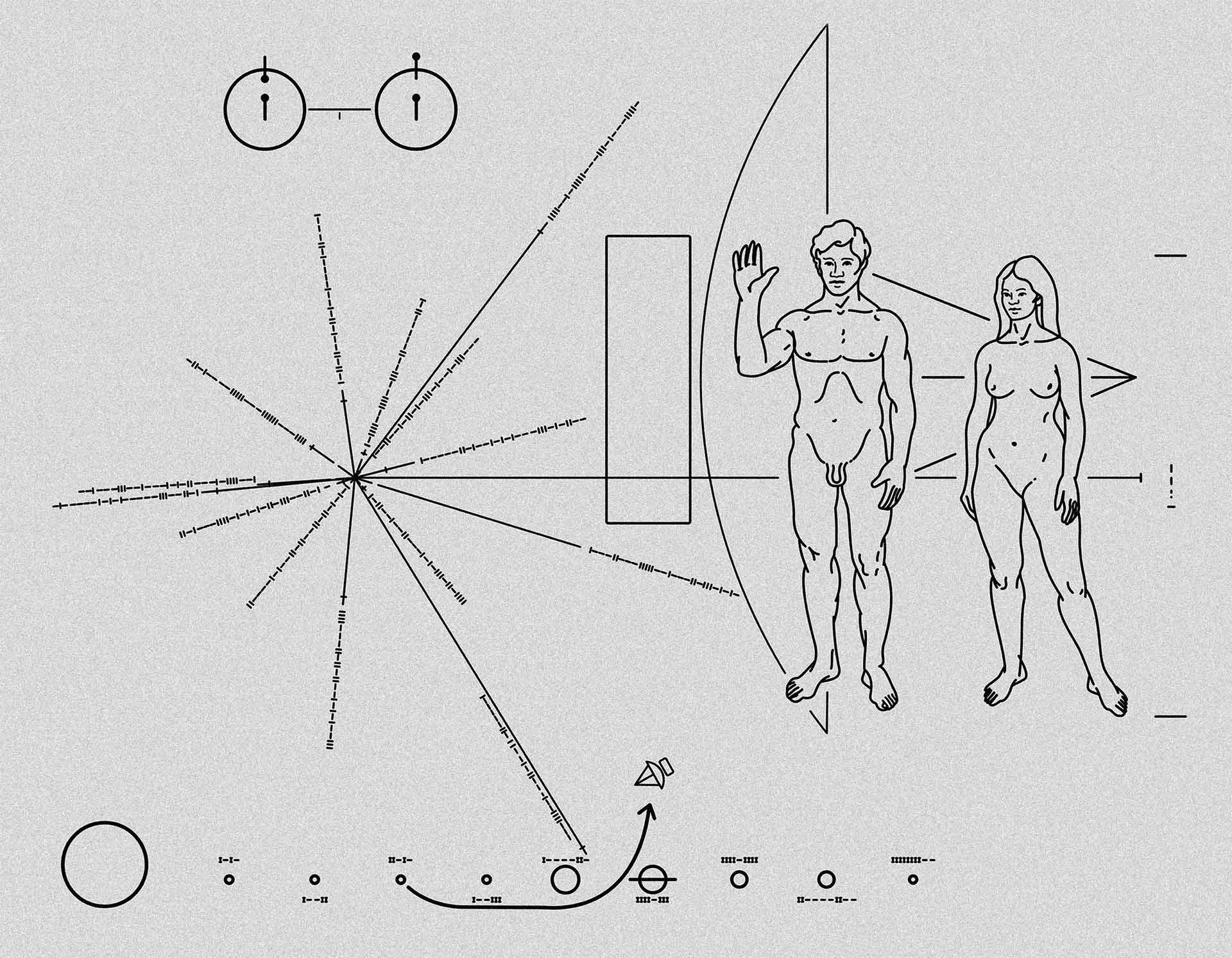
The Pioneer Plaque
OUR PLANET, OUR EXISTENCE
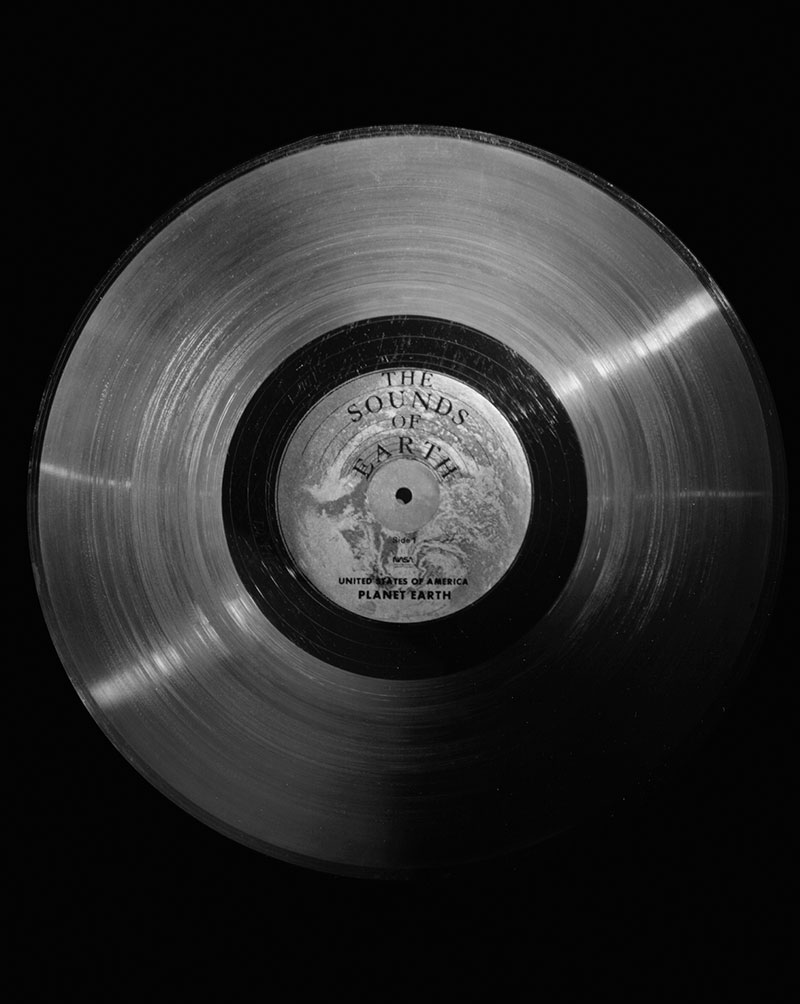
The Pioneer Plaque turned out to be Carl’s trial run for the message in a bottle that would be placed on the second round of Voyager crafts. For this attempt, he conceived of a much more complex and grand approach to the experiment of communicating with extra-terrestrial beings; possibly to the detriment of clarity. He assembled a group of his colleagues at Cornell to select 116 images and 31 audio tracks. The stipulation behind the selection was that it should present a cross-section of life on Earth. While there was some representation of plant and animal life on Earth, it was minuscule. Instead it was primarily meant to depict the existence of human beings on the planet; our planet, our existence.
The images and audio were inscribed onto a custom-made record. Resembling a gold-anodized vinyl LP, the object became known as the Golden Record. Included alongside the disk was a stylus for which to play it, as well as, a diagram that described how it should be operated. A cover for the record was also included that had inscribed upon it drawings similar to the ones found on the Pioneer Plaque. Electroplated onto the cover was an ultra-pure sample of the isotope uranium-238. With a half-life of 4.46 billion years, it was hoped that any life form that should find it could potentially uncover the age of the record; assuming they have an understanding of mass spectrometry.
Physically, the record shares a lot with the Pioneer Plaque, and it serves at least the same purpose should whatever find it be unable to explore the disk internally, i.e. decode its audio and visuals. However, should said life form be able to truly interact with the object by listening to the audio within, or somehow figure out how to decode the analog transcriptions of imagery, it will discover quite an interesting perspective of our existence on Earth. Of course, the entire idea is human-centric in that it was conceived by humans who evolved an ability to understand audio and imagery in a very specific way. After all, it is a uniquely human capability to understanding a two-dimensional image and relate it to a three-dimensional counterpart. But the intention behind it was quite remarkable.
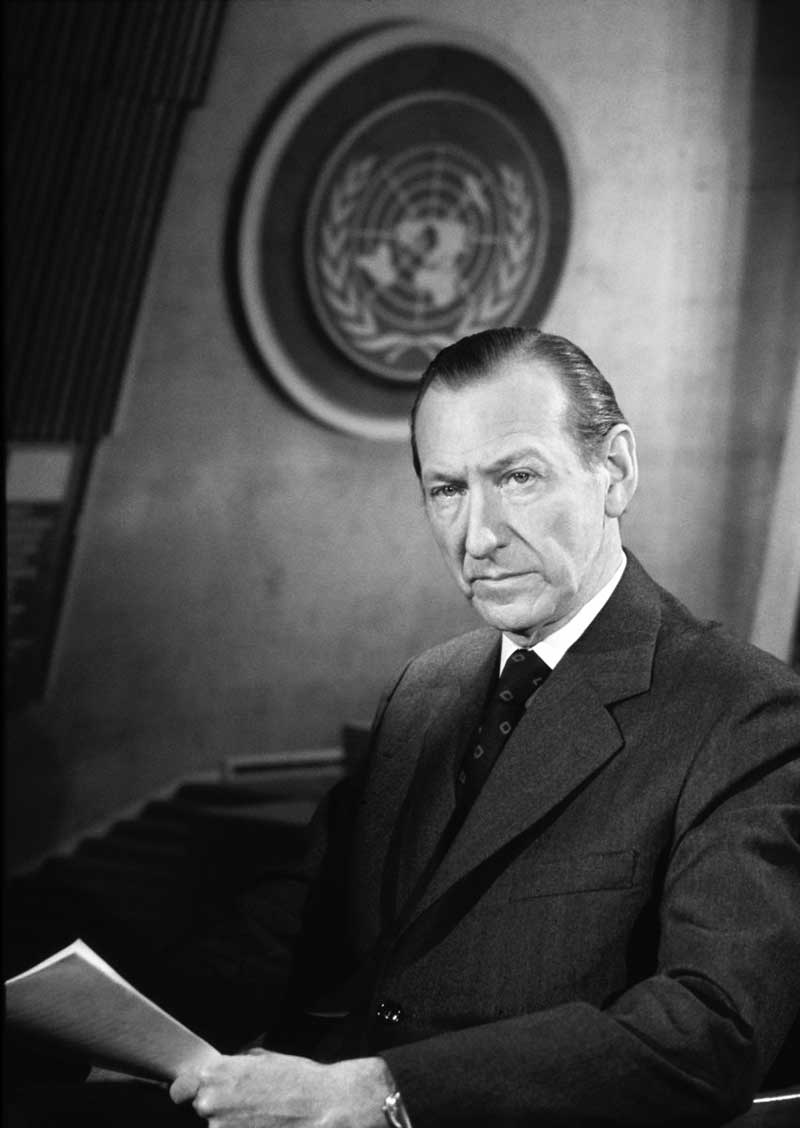
Forwarded with an introduction by Kurt Waldheim, at the time Secretary General of the United Nations and yet another man with questionable wartime allegiances, the audio included in the record ranged from the wonderful sounds of whales communicating with one another to the rock and roll guitar playing of Chuck Berry’s classic “Johnny B. Goode”. The images, broken down into their RGB counterparts with the hope of being reassembled into full color, depict everything from a Malaysian man hoisting his daughter lovingly above his shoulders to Soviet sprinter Valeriy Borzov racing triumphantly to the finish line during the Munich Olympic games of 1972.
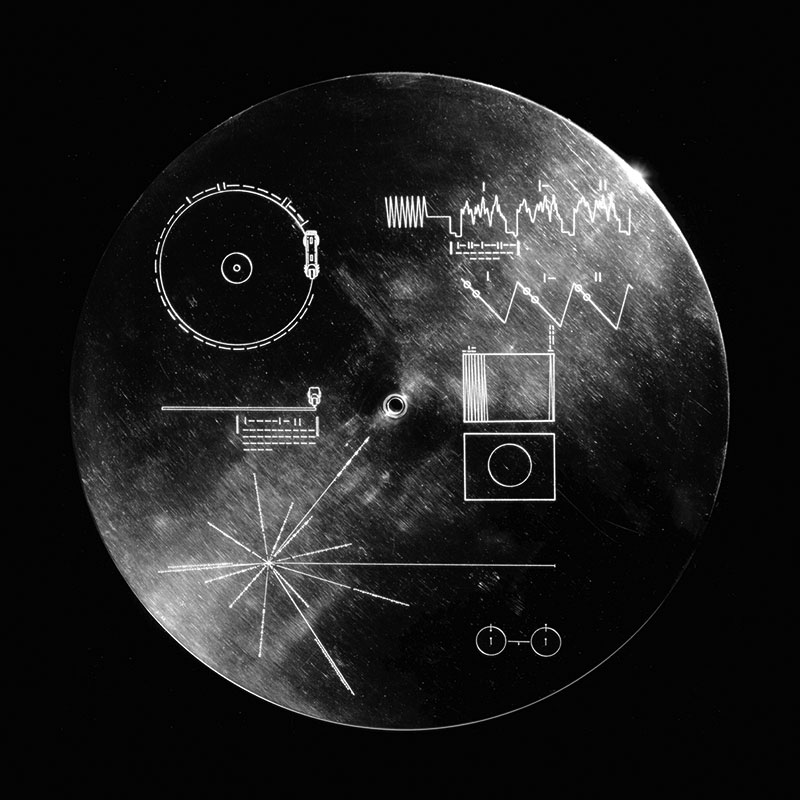
The record presents a complicated description of our humanity. It is introduced by 55 languages specific only to planet Earth. Some of them are languages of people that, to this day, are at war with one another. It contains music, the latest of which is only a few hundred years old, and the most obscure of which is played by a blind African-American from Texas who, abandoned by his fellow human, died from malaria after trying to live in the burnt out ruins of his former house. There is no mention of the hostility that is ever-present on our planet. Instead, a dreamlike vision of life is portrayed in a context not much different than the propaganda of any totalitarian regime. There is no mention of the gods that dictate violence to their followers on our planet. Instead there is only the perpetrated lie that the population of Earth is one which functions in unity towards the goal of a better life for all. They are the images of the fantasies and fallacies of men in power.
In the end, the record functions as a memoriam to humankind who, when/if it is intercepted, will be long dead; fossils for future Earth inhabitants to ponder over. It is a floating memory of a planet that never actually appeared the way in which it was depicted, but was ultimately destroyed by the lifeforms represented as its safe-keepers. It is the obituary of humankind, the highlights of the best parts of its life, with any of the horror stories left to a quiet whisper.
US President Carter inscribed the following message onto the record, not as a token for whatever might exist to find the object in deep space, but for the survivors left on Earth to discover periodically and ponder over: “This is a present from a small, distant world, a token of our sounds, our science, our images, our music, our thoughts and our feelings. We are attempting to survive our time so we may live into yours.”
The Voyager
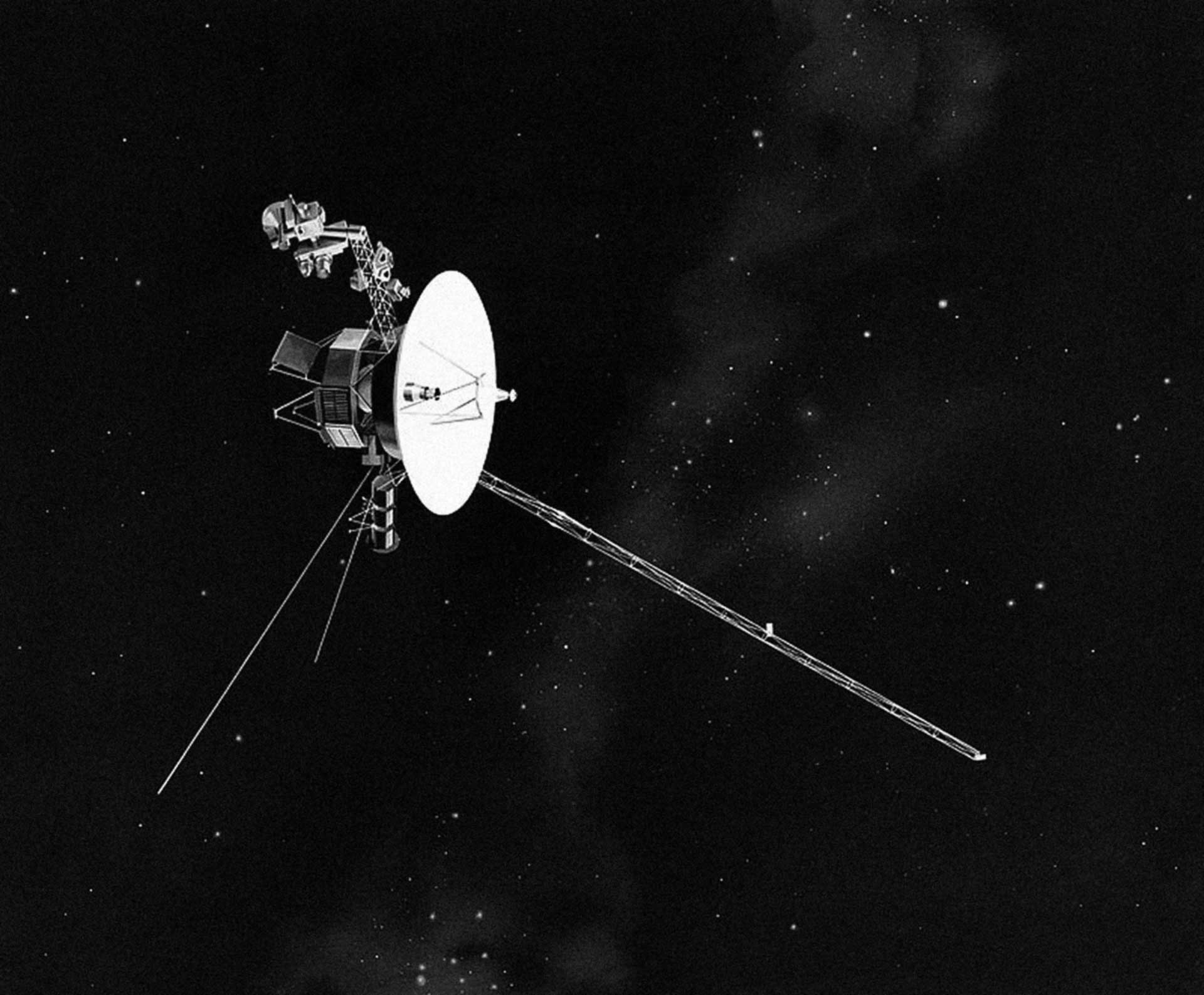
The Voyager
A PLAN
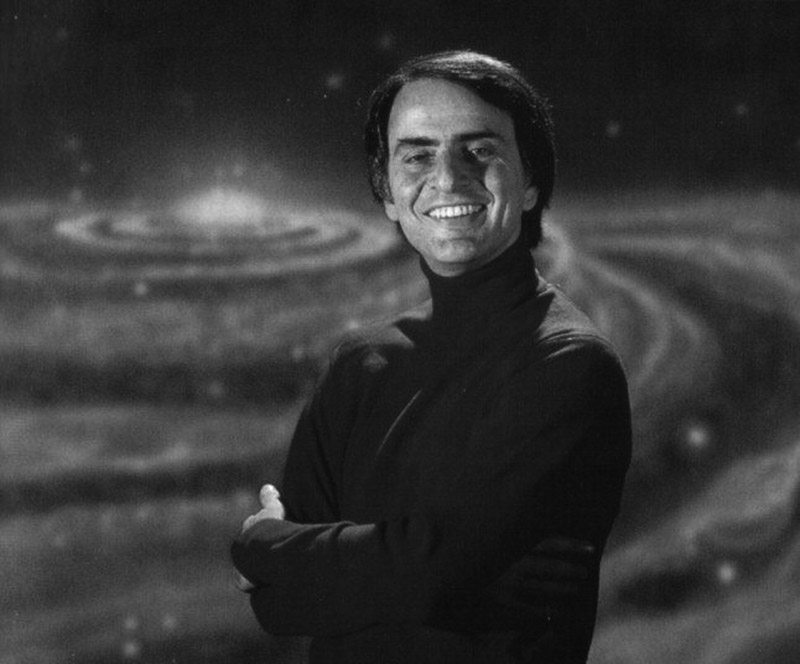
I mentioned my reservations about the Golden Record to Carl, but he was unpersuaded. He wasn't concerned for the ethical implications because, honestly, they didn’t really matter. I realize this in hindsight. I believe that he was also still deeply saddened by the loss of the original Voyager which was destroyed by Ilich, and to a greater extent, the Soviets in 1976. And I believe that it was through the portrayal of humanity on the Golden Record, as a wonderful and loving species, that Carl was able to overcome his grief for the reality that existed before him. Finally, I am sure that on the fall day in September of 1976, when Carl stood with me on that observation deck and watched as the original Voyager was engulfed in its red clouds of flame, that he made a series of decisions and plans within his mind. He must have envisioned a firefight of sorts, a combat between himself and all of the people who had perpetrated all of the wrongs that had been brought against him and his mission. It was then that he devised a plan to get back at his adversaries. It was a plan that would have incredibly unforeseen consequences.
The Weight of the World

The Weight of the World
HERCULES RISES
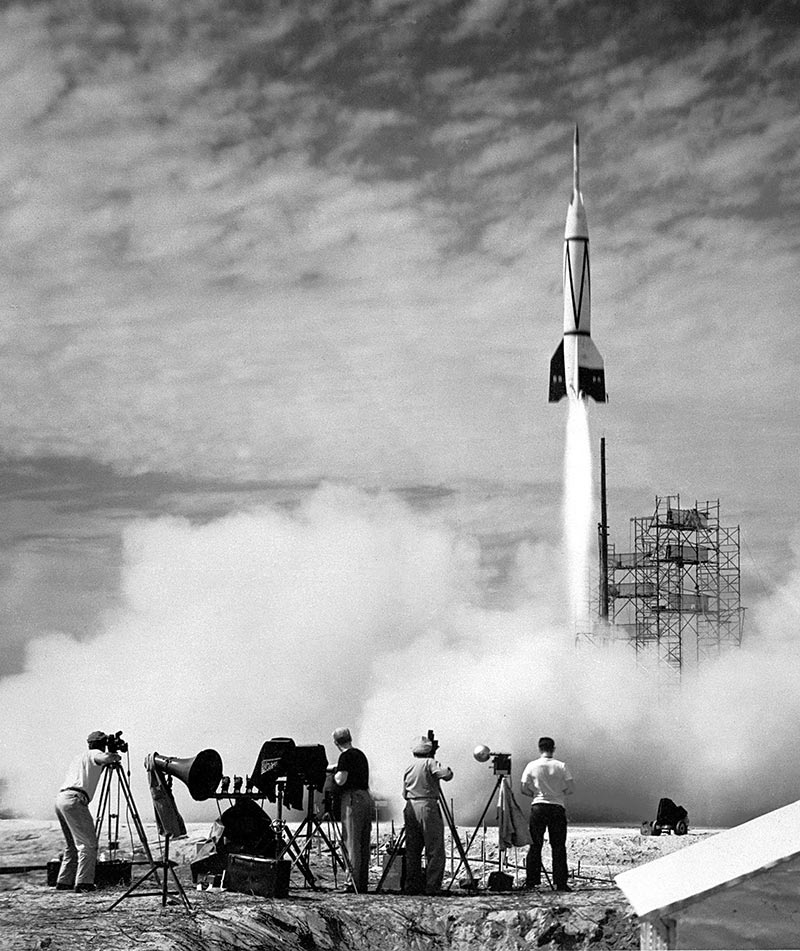
I did not have a complete understanding of what Carl was intending to do at the time he did it. In fact, up until the moment that he died, I knew very little of his plans for the second Voyager’s secret cargo. In the aftermath of the original craft’s destruction, the entire Hercules mission came to our attention. For some amazing reason the higher-ups were completely forthcoming about why it had been targeted for elimination by the Soviets. We learned about the semen samples on board the probe and the fact that this mission, unlike the original plans by the Germans, had a development that would allow the specimens to be sent back to Earth.
It was quite an ingenious plan, actually, based on a scientific understanding that upon exiting our Sun’s magnetic pull, the Voyager’s magnetic poles of north and south would invert. Coupling this with a device that could spin a small cannister at an incredible rate, it could be shot back to Earth at a rate dozens of times faster than the Voyager’s. In simpler terms, although it would take the Voyager thirty-six years to reach our solar system’s heliosphere, it could return a sample back to Earth within twelve months.
And so two objectives were determined by individuals other than those that comprised the Voyager team scientists. Presumably some of these shadowy characters are the German-American Osenberg scientists that were still working for NASA at the time, and still harbored sentiments for Adolf Hitler. However, it is not entirely known for sure since, after the destruction of the original Voyager, a great deal of redaction occurred; both on paper and of the flesh.
The clandestine first objective for the mission stated that the probe would take a sample of human semen into the furthest reaches of our solar system and then send it back to Earth. The premise of this idea still seems incredibly ridiculous but, as I have come to find out, not completely without merit. Presumably the semen would exit our atmosphere and be miraculously transformed by the clutches of space. It is not clear whether the operatives that placed the semen on board understood its origins as coming from former SS men. It had been such a drawn out process at that point that it is entirely possible the sample was earmarked long ago for inclusion and that its original source had since been forgotten. Government programs have a tendency to allow this to happen.
The Voyager's second secret objective was to collect, in a separate compartment, any matter that might exist within deep space should there be anything worth collecting. Again, having no first hand knowledge of what comprised deep space, speculation tended towards minut particles known as stellar dust. Usually only a few molecules in size, these specks were expected to be invisible to the naked eye. They would be returned to Earth and studied in order to better understand what comprises the majority of the space between the stars.
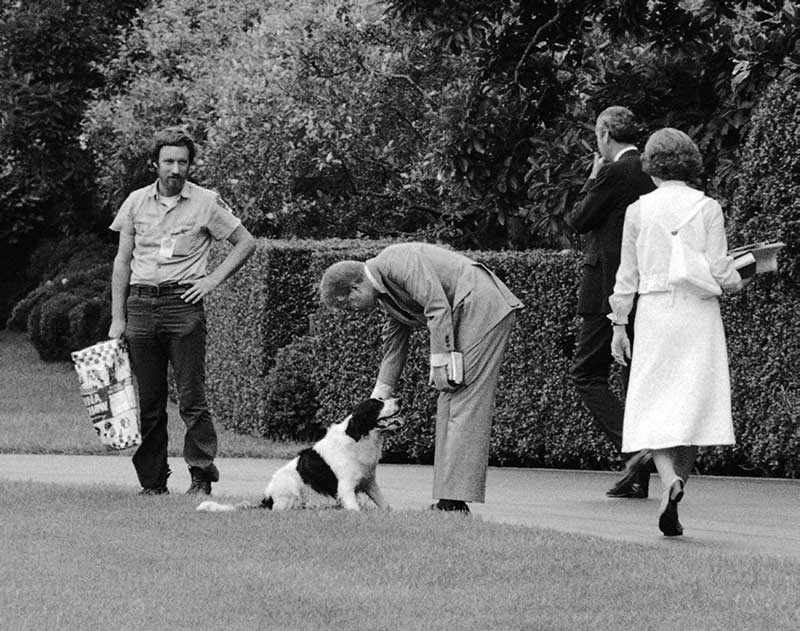
And so, after the loss of the original Voyager and the resurrection of the mission with the second Voyager 1, the objectives had slight revisions. The remaining Nazi semen that had been lingering since the original Hercules plan was finally disposed of via unknown, but quite hilariously speculated, methods. One story states that it was bought by the Shah of Iran to be used as a facial rejuvenator for his later wives. Another described it as being secretly fed to Jimmy Carter’s dog, Grits.
In lieu of the Nazi seed, the semen of various animals and common men were selected to be rocketed off into the stars. The goal was that the sample would percolate in space for the duration of the Voyager’s primary mission (the documentation of Jupiter and Saturn) and then, upon completion of this mission, be returned to Earth for scientific inspection. However, things once again did not go as planned.
The Superman by Arno Breker
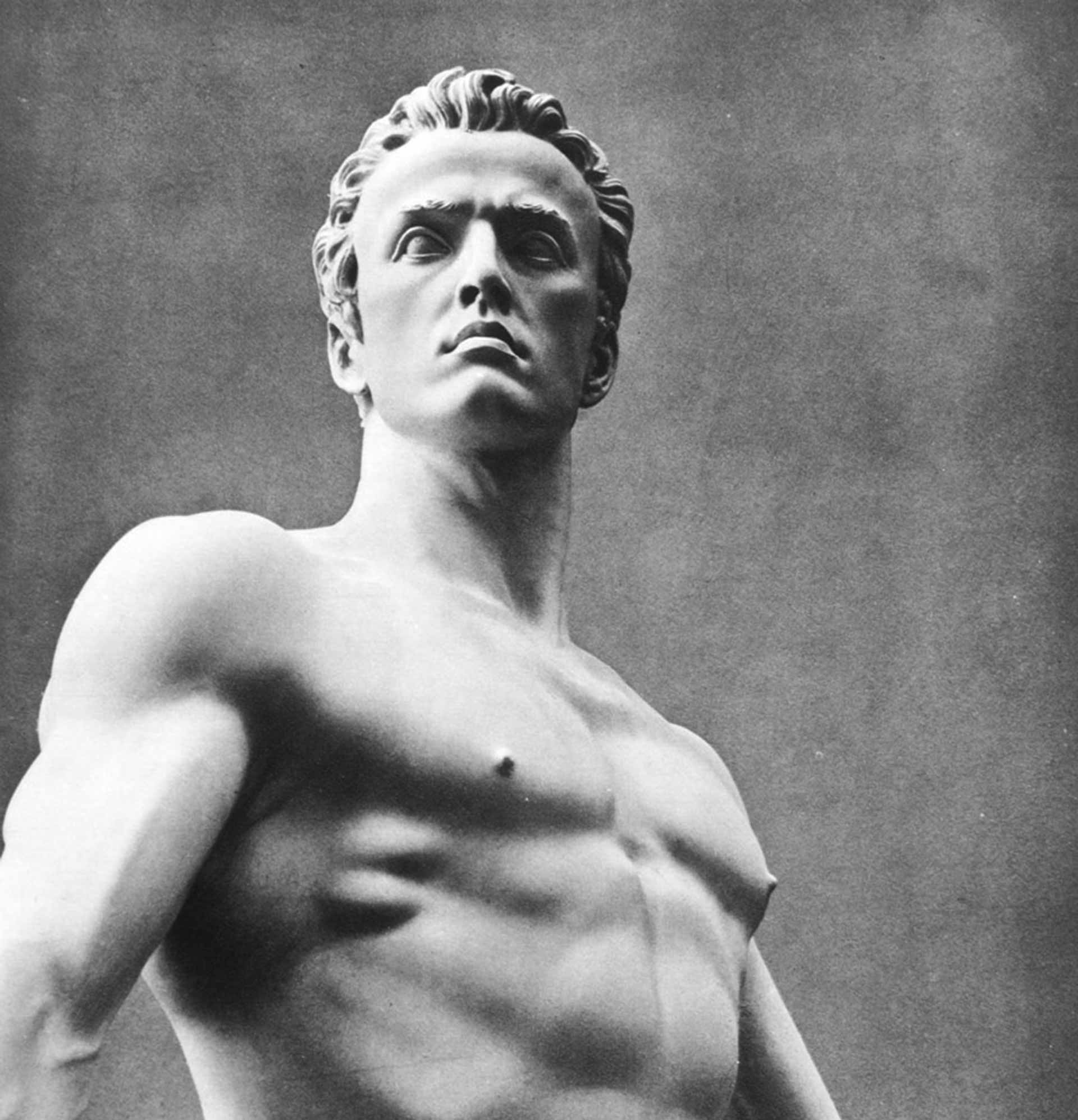
The Superman by Arno Breker
SEPTEMBER 4TH, 1977
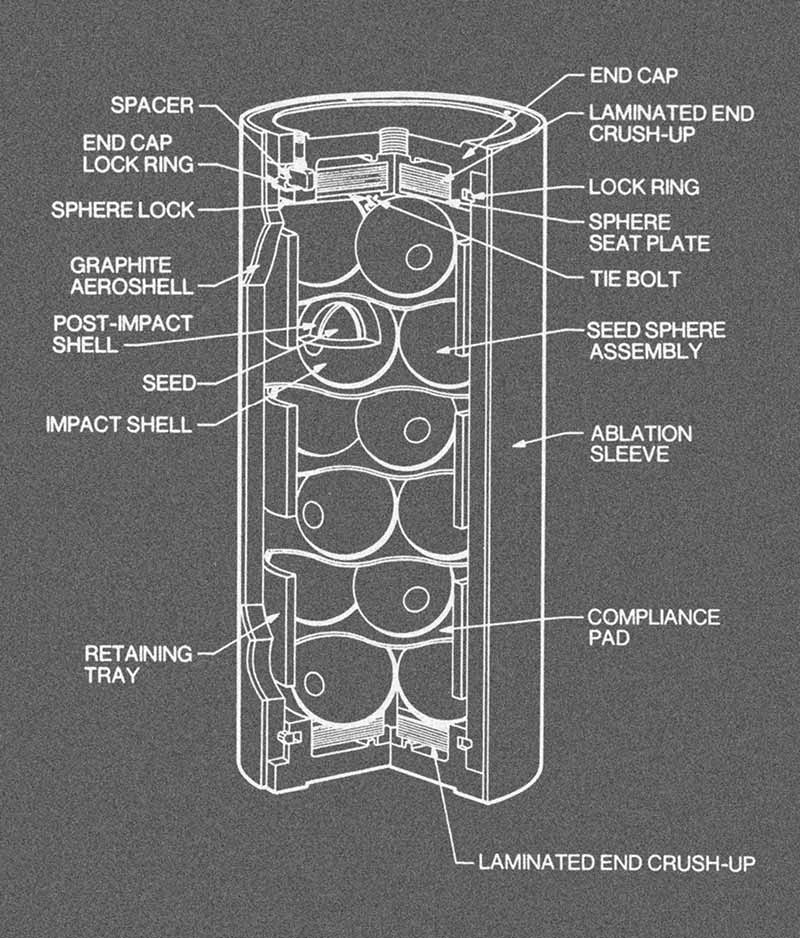
This was one day before the launch of the second Voyager 1, and just under two weeks after the successful launch of Voyager 2. Confusing as this might seem for Voyager 2 to be launched before Voyager 1, it was for good reason. Voyager 2, fearing that a repeat terrorist threat might strike it down, was utilized as a decoy for the Voyager 1 launch a few weeks later. Almost identical in every aspect, the only difference was that Voyager 2 did not carry the same special cargo, or system for returning it, that Voyager 1 had. You could say we were shooting blanks.
But it was on this day, the day before the fateful launch of the second Voyager 1, that Carl made his move. I hadn’t seen him all day and presumed that he was avoiding the event for whatever reason; maybe political protest or emotional mourning. Nevertheless, he didn’t appear at all during the daylight hours. Then finally, around eight o’clock at night as I was checking some of the instruments aboard the launch vehicles, Carl came stumbling up the metal staircase. As soon as I noticed who it was, I called out to have him come talk to me. He recognized me from across the platform and came over. We said our salutations and I noticed that he was a little disheveled. I asked him if anything was bothering him, but he kept avoiding the question. He discussed the weather and a Yankee’s game that had been on the television. I wasn’t much of a ball fan so my mind wandered back to my task.
As he we spoke, I noticed a brown paper bag clutched in his somewhat swollen left hand. I asked him what the contents of the sack where, but he again ignored the question. I then noticed the faint but distinct smell of human ejaculate. I looked again at the bag and his puffy hand, but could not make immediate sense of the situation. Finally, Carl moved away from the conversation and proceeded on his way up the stairs, towards the Voyager at the summit. My curiosity got the better of me and, after a few minutes of tinkering with instruments, I quietly ascended the staircase in the hopes of getting a glimpse of what he was up to.
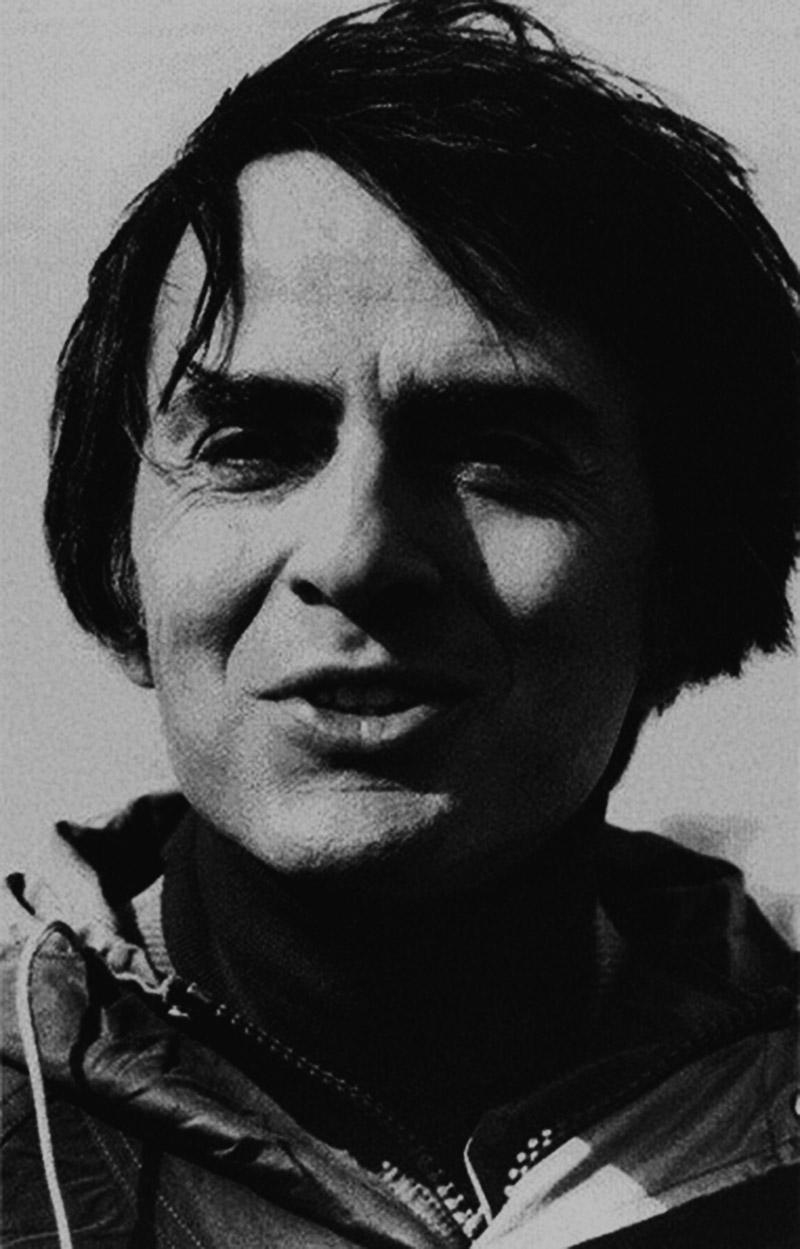
In the years following this encounter, I have pieced together a rough estimate of what unfolded that day. Carl, impassioned by what he saw as the betrayal by his government with the Hercules project, sought out a plan of retribution. From what I have gathered, Carl spent a significant portion of the day collecting large amounts of his semen for the purpose of transplanting it into the Voyager. Hours and hours of vigorous masturbation must have ensued for the sole purpose of replacing what he believed to be Nazi semen with his own.
It was quite a curious gesture on his behalf. Of all of the lifeforms on Earth to utilize as a specimen, I sometimes wonder why Carl chose himself. Of course, it is quite possible, and in fact completely pragmatic, for him to have little to no confidence in the endeavor. It seems like such a completely silly idea to believe that Carl, or our government, or myself, or anyone, could send a specimen into space and that it would somehow magically transform into an alternative substance. But as I have mentioned before, there is nothing trite about the events that eventually unfolded as a result of such a seemingly frivolous enterprise.
Etching of the ancient Universe
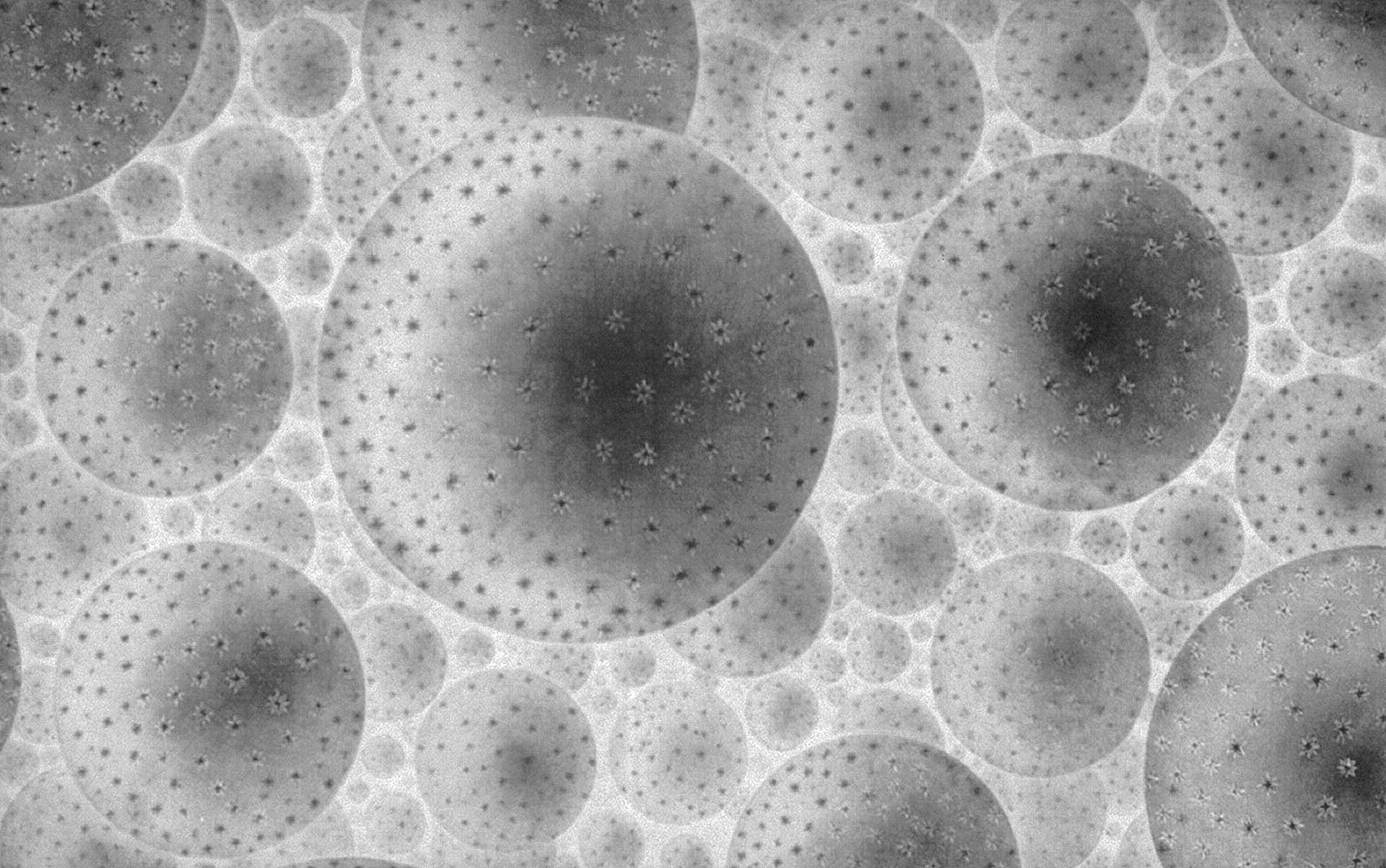
Etching of the ancient Universe
THE AGGREGATE OF OUR JOY AND SUFFERING
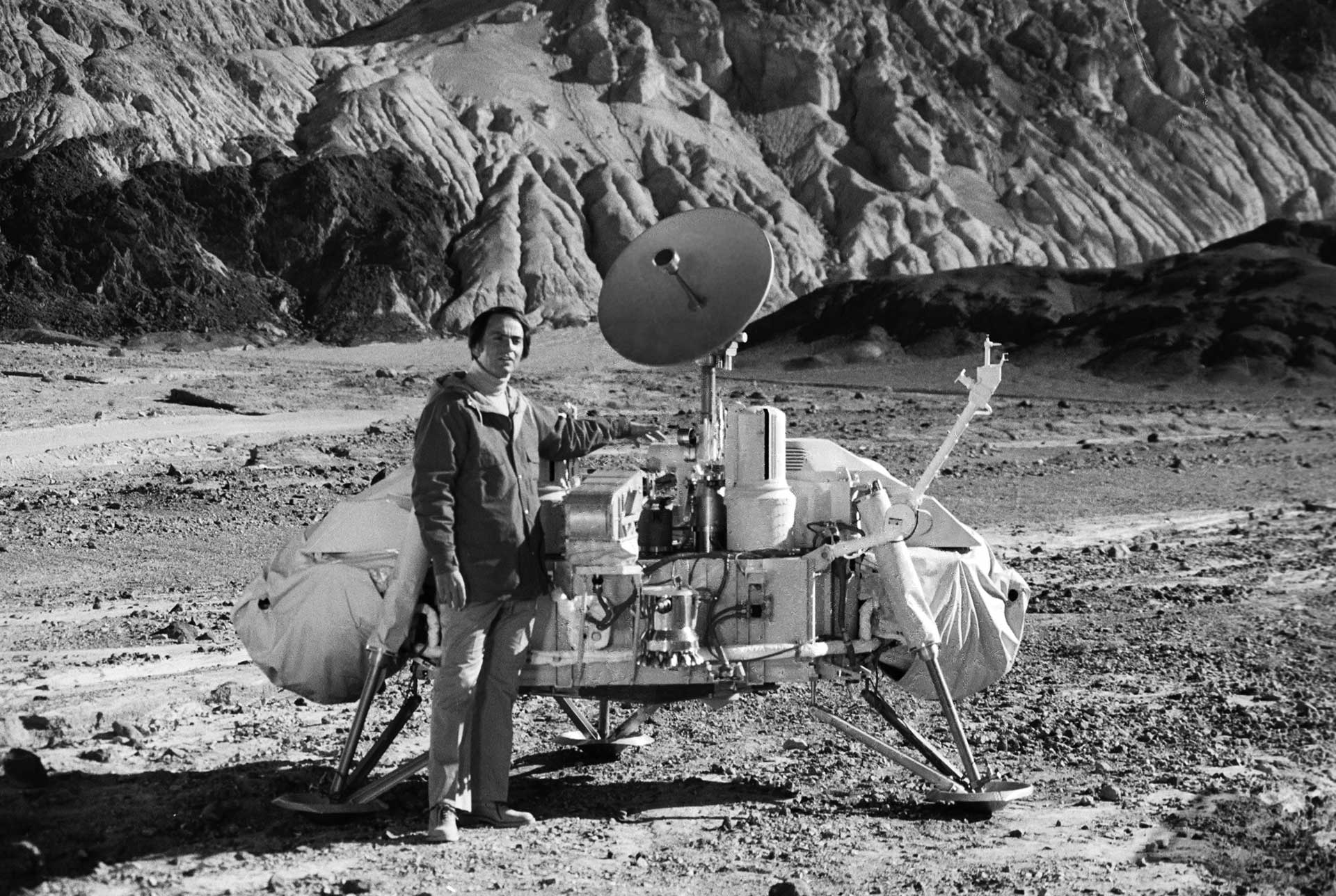
After the successful launch of the second Voyager 1, Carl’s relationship with the program diminished. He would contact us from time to time and provide input for one mission or another but for the most part he had moved on to other projects. Between his television mini-series and his work with the beginnings of the SETI program, Carl's time was more than occupied. He seemed to be a great deal happier with his new endeavors. I think that some of the events of the Voyager mission really took a toll on him. That and the constant interference from the people in charge.
Of course there was also the decline of the public’s interest in what we were doing at JPL. Any glory inherent in the 20th century’s great race for space had, by the 1980’s, dithered considerably. It isn’t any secret that he had been just a little bit attracted to the celebrity of the program in the ‘60s and ‘70s. It was always a nice little perk of the job. We all had our groupies in one form or another, but by the early to mid 1980’s they faded away alongside the slowing launch schedules.
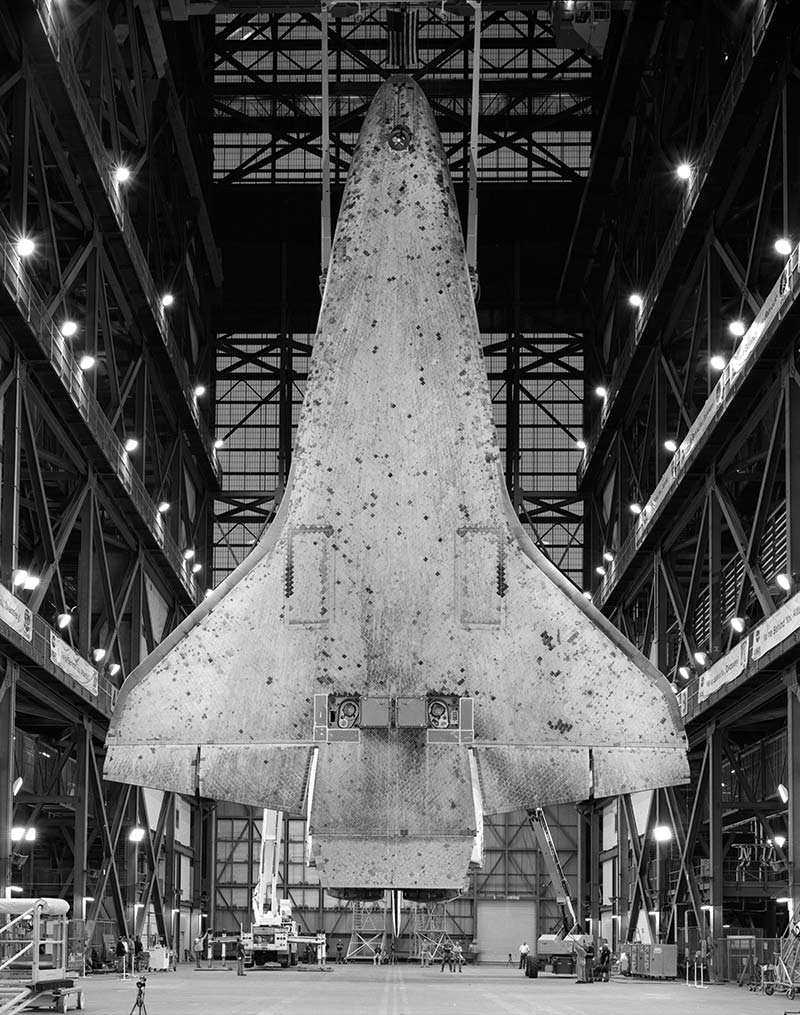
And so the years passed on. The 1980’s were for the most part insignificant, or at least far less exciting than the two preceding decades. There weren’t any more landings or planets left unmapped out deep in the dark awaiting revelation. By this point most discovery was happening via the newest generation of telescopics. We were observing the wild unknown from the safety of our very own safari vehicle.
Of course we lost the Challenger in 1986; a tragedy that could have been prevented save for the fact that we were just flat running out of money. However, the world seemed to be doing much better than the decade before. Humanity, it seemed, was experiencing a moment of peace. The great Soviet Union, an almighty force of the past half century, was beginning to crumble from within. The cold war was warming little by little and prosperity began to linger.
Within this era of brightening futures, Carl proposed an idea to some of the higher-ups at NASA. He wanted the Voyager, having already successfully completed its primary mission of observing Jupiter and Saturn, to turn its camera back to the vicinity of our planet and take one last photograph. It was an interesting proposal on multiple levels. At the time Carl was initially shopping around the idea, he was also promoting his television series, The Cosmos. So naturally a lot of folks at NASA saw it as nothing more than a publicity move for him. Not many people could see the scientific merit in the proposal; not that Carl was implying any. In fact, he was quite adamant that there was little to no scientific value of a photograph that would show Earth as nothing more than a speck of light.
Personally, I was never particularly interested in the proposed mission because of this fact. I simply could not comprehend the significance of the image the way that Carl was able to. Imagery was his way of coming to terms with, and experiencing, the world around him. He could better comprehend the universe by seeing a pictorial representation of it. He promoted science through the beauty of the imagery that it produced, and he was able to communicate to the everyday viewer the wonder of life that surrounds us all by showing them physiological reinterpretations of it.
Nevertheless, Carl persevered. For years he pleaded to whomever was in charge of the JPL at the time. He was unwilling to accept that we were quite nervous about turning the camera around because of the potential of exposing it to the overwhelming rays of our sun. It was understood that, within the void of space, the light from our sun was powerful enough to instantly decimate the camera’s sensor should the shutter capture the star within its view. It was completely understood that millions and millions of dollars of equipment would have to be destroyed should we agree to have the Voyager turn back to view us.
Attaching the Golden Record to Voyager 1
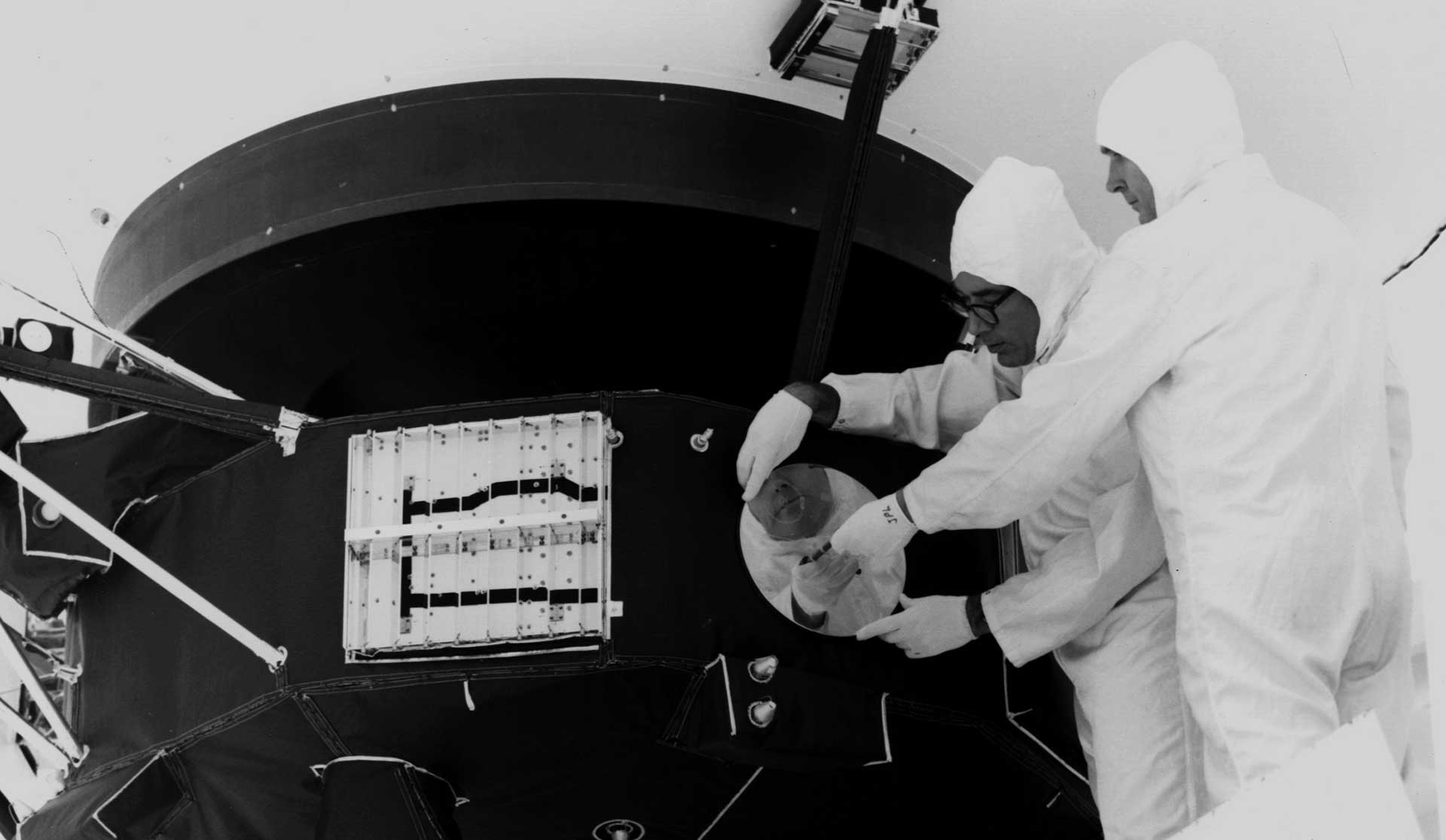
Attaching the Golden Record to Voyager 1
ST. VALENTINES DAY, 1990
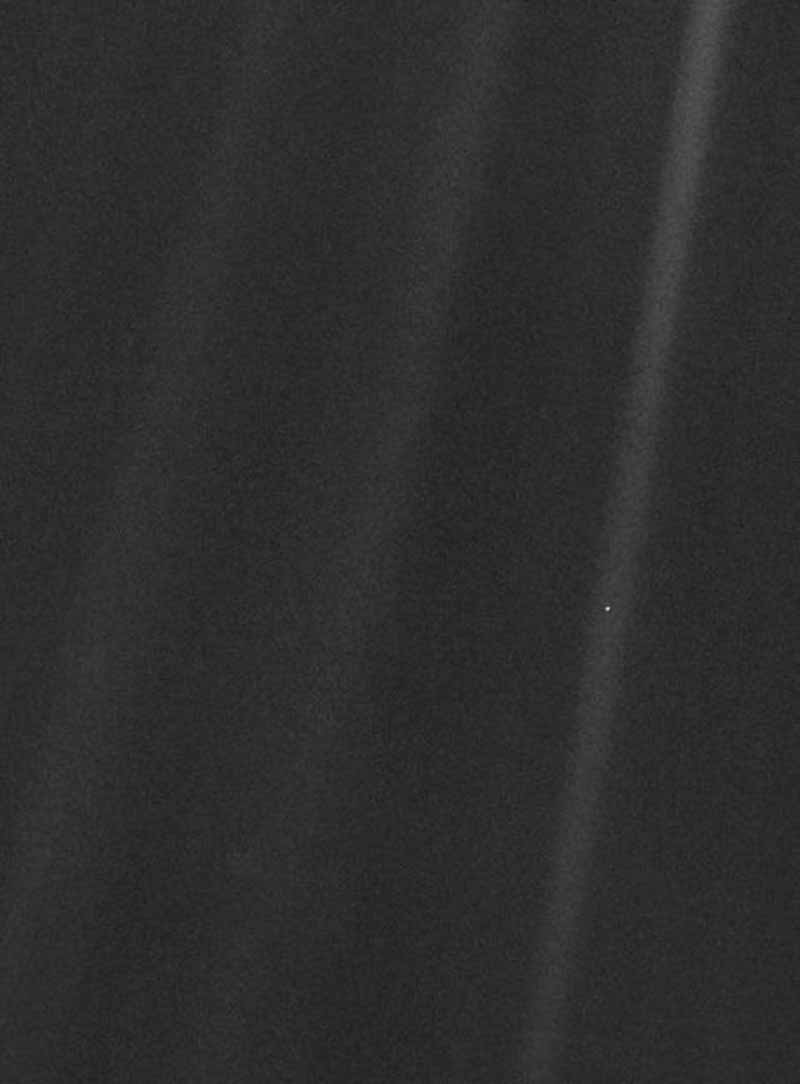
Finally, after nearly a decade from the time that Carl made his initial proposal, NASA finally gave the mission a green light. A sequence was written up and transmitted to the traveler, now 3,762,136,324 miles from its home, and on February 14, 1990, the Voyager snapped one last photograph of Earth.
It took a little while for the image to be transmitted back to us. I remember everyone’s curiosity at what the outcome would be, but once the transmission was complete an air of wonderment filled the JPL. As Carl predicted, it was not an image of any real scientific value. Earth, nothing more than a tiny bluish speck sitting slightly off of center, was surrounded by an amalgamation of browns and grays. There weren’t any other planets or astronomically significant objects in the photograph. There was only our home, our finite little pixel, completely immersed in an ocean of neutral colors banded into soft vertical rays.
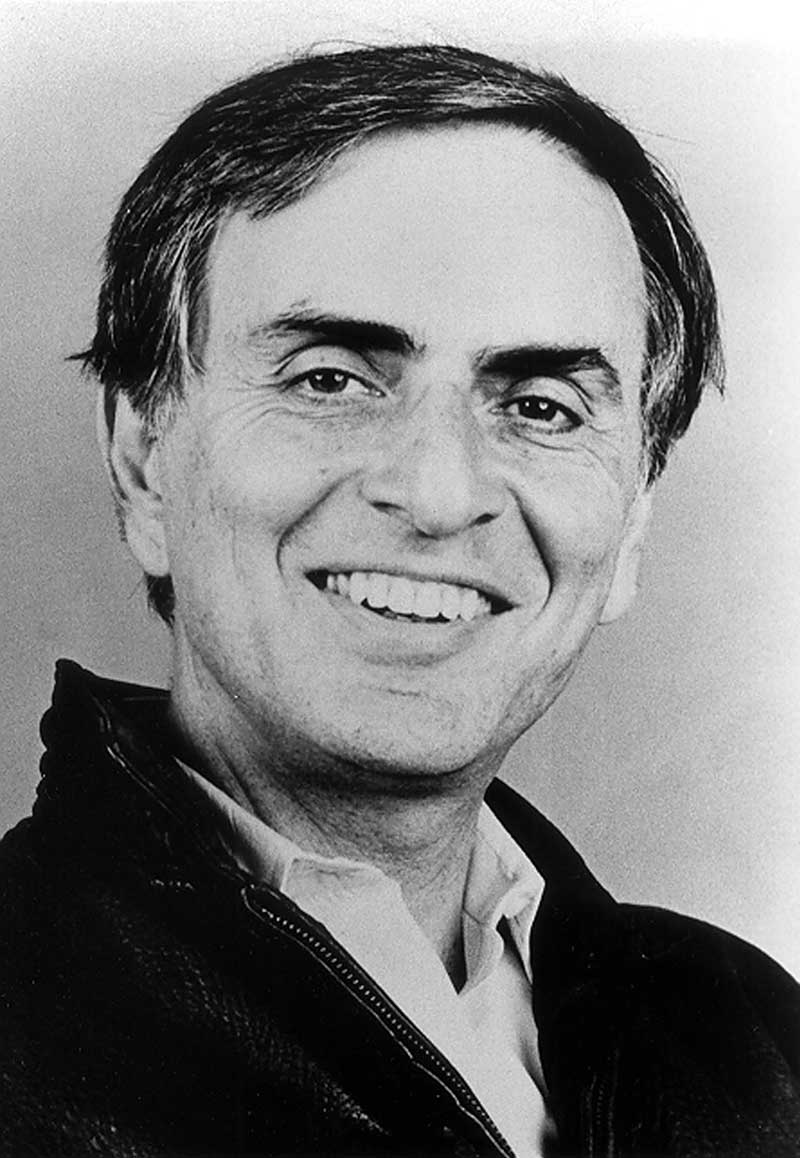
To hear Carl speak of the photo has always brought me to tears. The effect was exactly as he had imagined. It was a work of art you might say, an accomplishment that brought together all of the peoples and languages of our planet into one tiny point. It transformed the scale of the universe in a way that no image has done before or sense. After all, humans have looked out onto the stars for thousands of years. Humanity has spent nearly half of its lifetime sheltered by the twinkling points of light up above. But until this image, they have never been able to see themselves reflected back; as though they were looking onto a massive pool of glossy black water. It is a reminder of how completely insignificant we are within the context of the universe that surrounds. All of the wonderful and horrible events from history were all encapsulated within a single point; one final period upon a never-ending sentence that is our universe. It is also a self-portrait of you and myself, everyone that has ever lived, and every child yet to be born. As predicted, the Voyager’s imaging equipment was destroyed after capturing the photo. It was blinded for eternity so that it may provide us a glimpse of ourselves as a unified whole.
